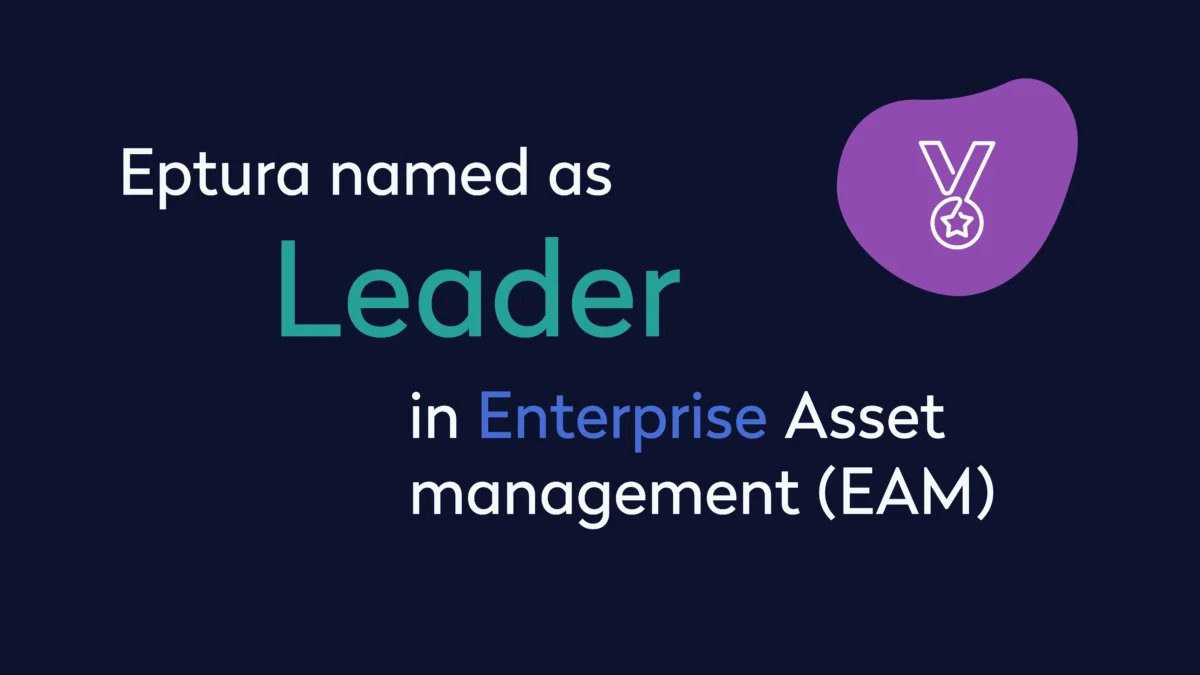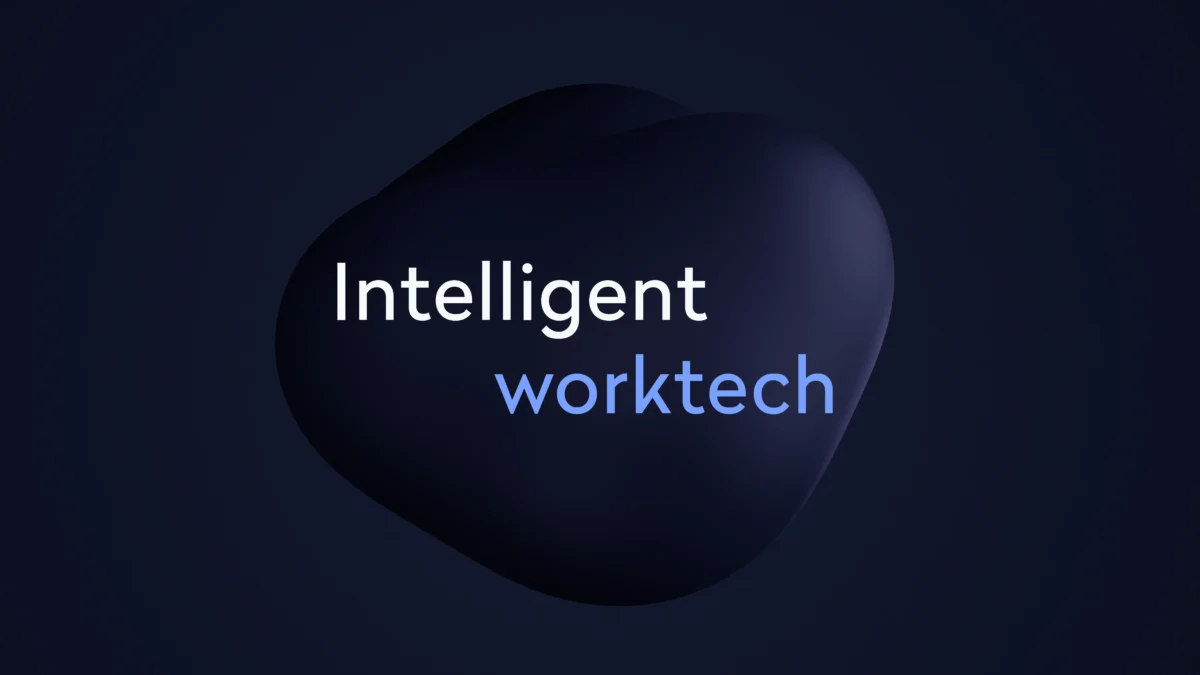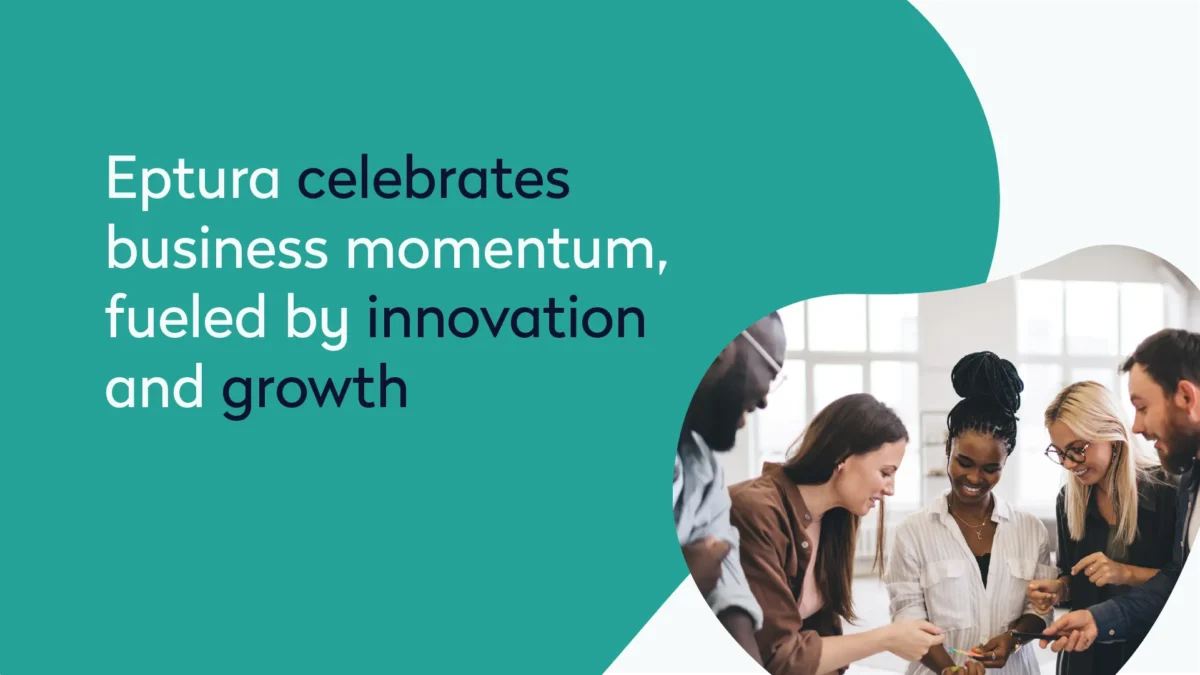
Hi, Paul. Welcome to our Interview Series. Please tell us a little bit about your journey and what inspired you start at Condeco.
Good to meet you. My journey started back in the 1990s working for WPP at OgilvyOne on accounts such as Ford, IBM, Unilever, Purina, and Amex as they began to explore and adopt internet technologies. More recently, I’ve co-founded a business and collaborated with PayPal on e-commerce solutions. I then joined Condeco in 2020 as we headed into the pandemic, which had an immediate impact on how and where people worked. Using technology creatively to help answer real world problems has always inspired me. That, and the culture and vision of Condeco, was what inspired me to continue my journey here.
What is Condeco and what are your core offerings?
Condeco delivers award winning enterprise level workspace technology as part of the Eptura™ family of solutions. Eptura is a global worktech company that provides software solutions for people, workplaces and assets to enable everyone to reach their full potential. With 16.3 million users across 115+ countries, Eptura is trusted by more than 16,000 of the world’s leading companies.
How do you exactly fit into a modern CIO’s ever-expanding enterprise technology stack?
I see my role at Condeco primarily as enabling our great engineering teams and working with the wider business to do that. There are many ways to approach this, but for me, it’s about building a culture that trusts engineers and provides them business context that invariably unlocks ground up innovation and engagement. It’s about putting in place supporting processes, resources, tooling, and data that help us improve at every level, maintain quality, and deliver value to our customers. To do that effectively, it’s important to facilitate strong partnerships, as we have with Microsoft, which opens up new technologies. Through our partnerships we’re able to work with customers, move quickly to meet ever-changing workplace demands, and help companies shape the future of work.
What is your latest Microsoft Teams app all about? What are the special capabilities that suits the modern hybrid workplace environment?
The initial proof of concept for Condeco’s Teams app came out of a joint hackathon with Microsoft in 2021 – it’s a great case study for a strong technical partnership and ground up innovation. We initially focused on enabling typical use cases around discovering and booking workspaces from the Teams UI. Strategically, we’re working towards an embedded user experience – be that in Outlook, Teams or other UIs. In that regard, Teams was a logical next step, as monthly active users began to grow and the hybrid workplace environment emerged. Since then, and with the help of our Product team, Microsoft, and feedback from the market, we’ve focused in on additional challenges associated with encouraging people back to the workplace, ultimately enabling collaboration. When are my colleagues in the office and where will they be? When is it best for me to come to the office? The capabilities in the Condeco Teams App facilitate collaboration make it easy to find your colleagues, know when they are coming to the office, and schedule space to work and collaborate. We’ve integrated Microsoft Graph to find frequent collaborators and update calendars.
Please tell us a bit about Workplace Analytics and how it works for business leaders?
We’re combining building information with booking and usage data to surface actionable insights for business leaders that show who is using workplaces, and how. The future technology that underpins this, Digital Twins, is really exciting – but for now we can deliver value to our customers by helping them understand usage of their space. Optimization of space for cost is an obvious application. Optimization of space for different working patterns is another. We’re interested in using the data to identify trends for particular groups of people and their levels of engagement – their happiness.
No code and low code analytics platforms are now transforming many business operations. Could you please how these relate to the modern apps for hybrid workplaces?
Condeco uses the Azure PaaS suite for its data platform. PaaS and low code mean we can move faster, we spend less time on non-functional requirements, and have control of our costs. In that environment it also means that our data is being collected and presented not just for analytics but for other downstream applications, for ML/AI driven applications as our products become smarter. We can augment the data we have with other data sources easily – as we are for sustainability. We can zoom out, anonymize, and aggregate our data from around the world to benchmark and identify country, regional trends.
The last two years have accelerated digital transformation for businesses of all sizes and stature. What has been the biggest lesson for you that helped you stay on top of your product management? Would you like to share your pandemic experience on how you managed to continue your development works and research during the uncertain times?
Our teams adapted quickly to working remotely – in fact, over the last couple years Condeco has accelerated feature development to meet the challenges of the pandemic. We were relatively well placed from a development lifecycle perspective as we’d already moved to the cloud. One key lesson was that it’s all well and good having a mantra to ‘trust engineers’ but the pandemic tested that and proved it – we have seen fantastic innovation, productivity and engagement over the last 2 years. The pandemic has accelerated automation to remove potential failure in operations. We’re more focused now on data to drive continual improvement – to reduce engineering waste.
Your take on the future of data science and AI in the workspace technology domain:
The future is closer than you might think. We’re already using AI to intelligently manage conflicts that arise from scheduling and re-scheduling space. We’re using it to anticipate user preference as we look to provide a frictionless experience for our users. We’re using it to identify your collaborators and suggest when you should come to the office. These are discrete applications, but they are just the beginning. The heavy lifting in terms of collecting and transforming data for ML/AI applications has been done. Through Azure, we have a low code environment for building models that will drive increasingly intelligent experiences. For leaders, we use historical data to predict future behavior and trends to model future scenarios.
Any advice to business leaders who are looking to invest in a workspace technology for their hybrid organization:
It’s obvious to say that technology and user requirements are changing fast. Non-functional requirements such as security, scalability and availability are table stakes. It’s important for organizations to be well-positioned to not only deliver today, but in the long-term as well. Having an underlying tech stack, architecture, and mindset that is flexible and future-proof is critical for that.
Thank you, Paul! That was fun and hope to see you back on HR Tech Series soon.


